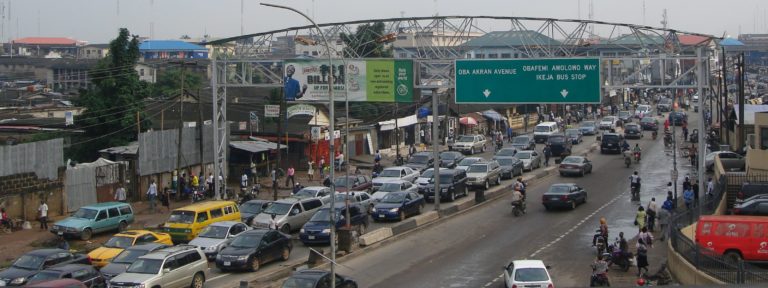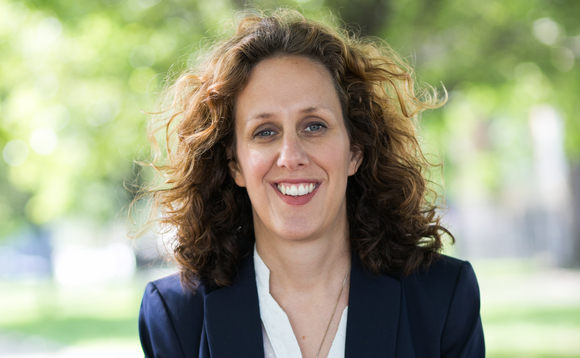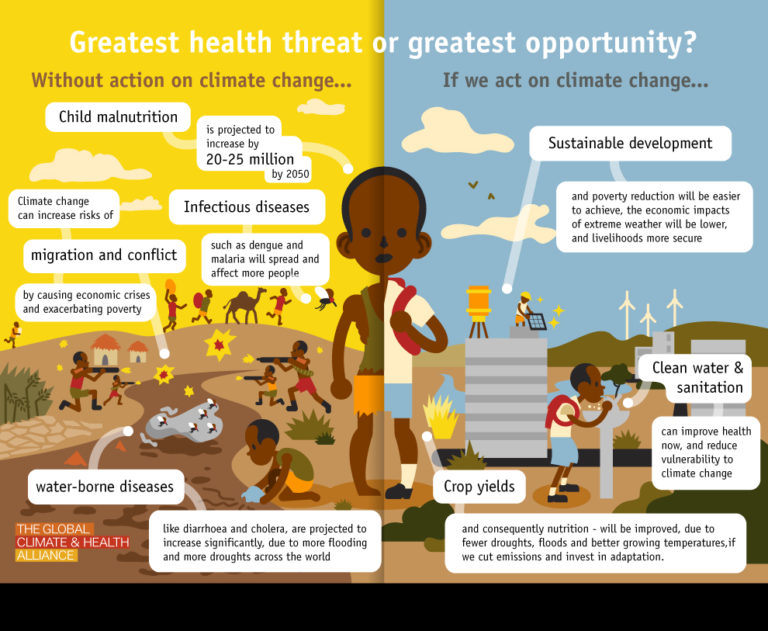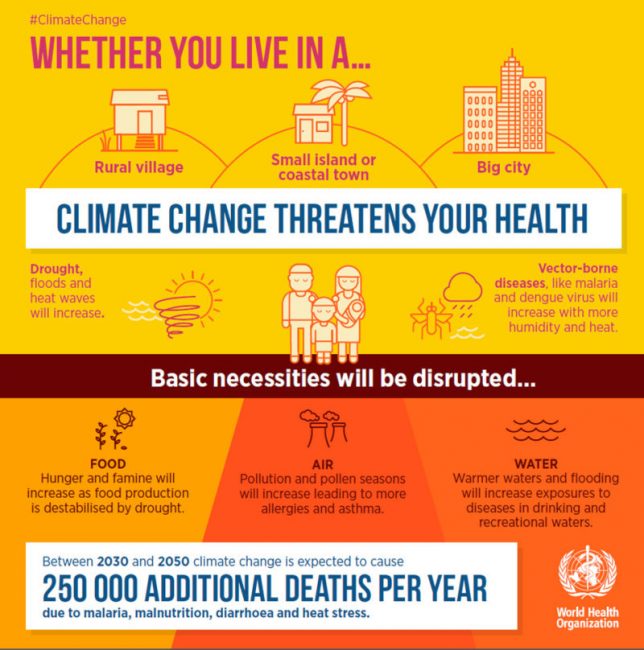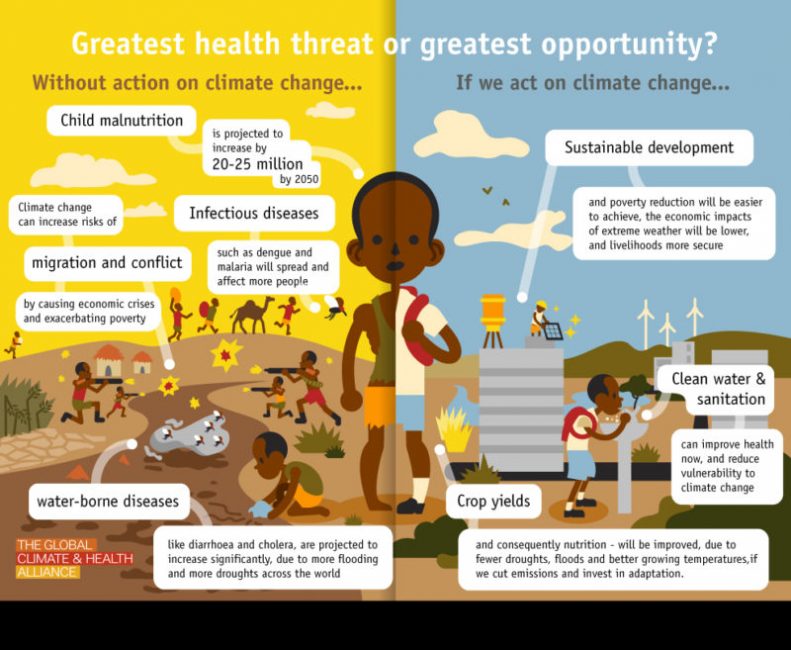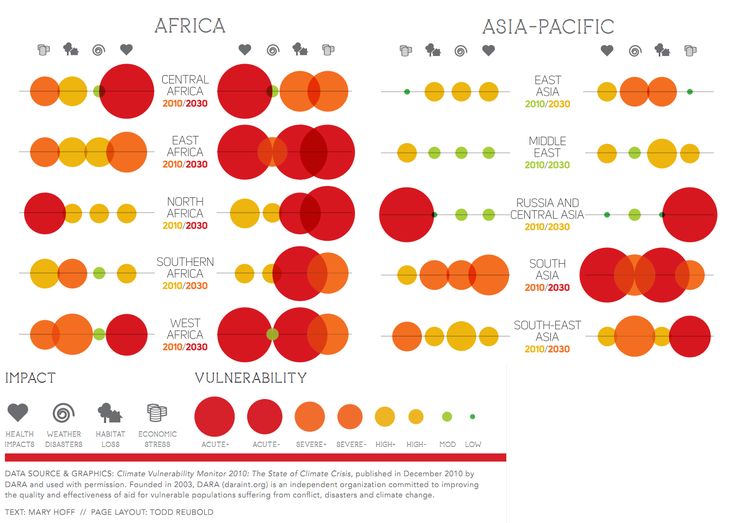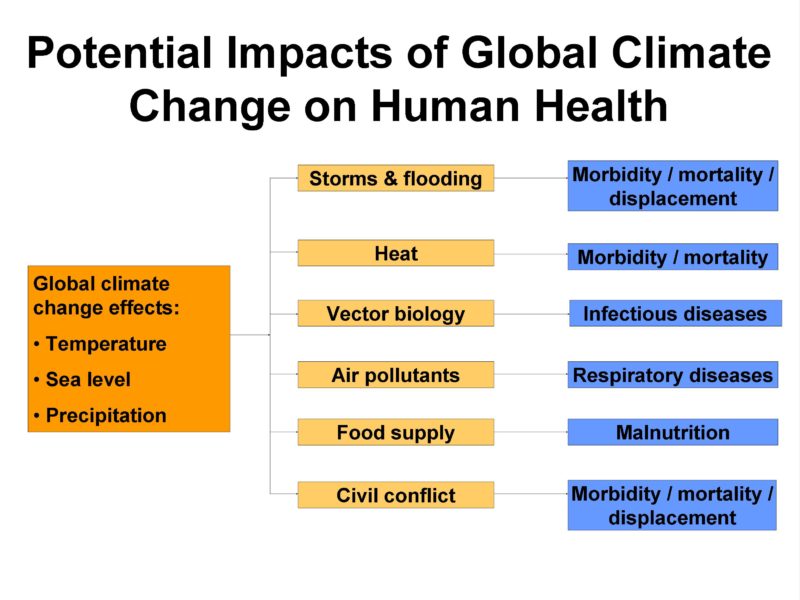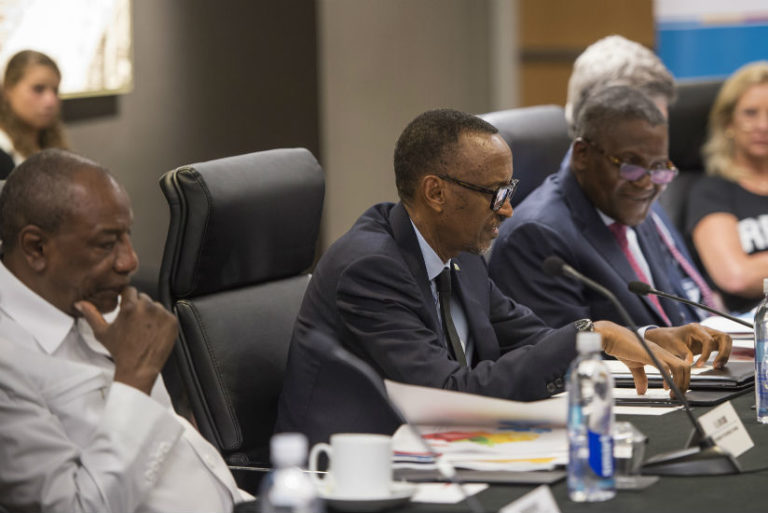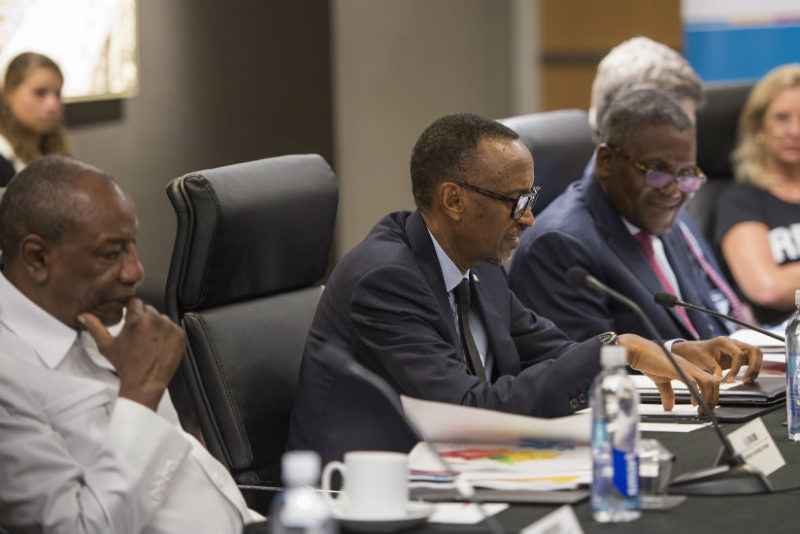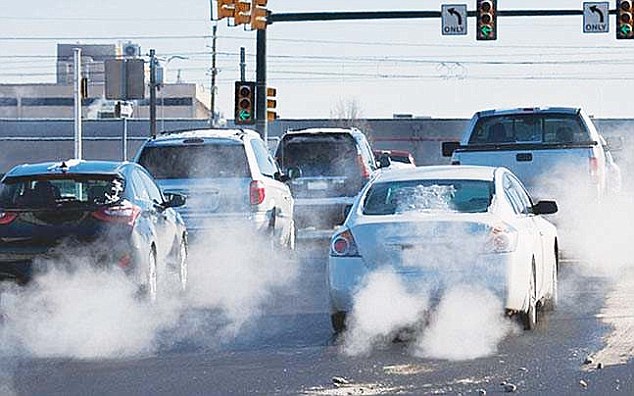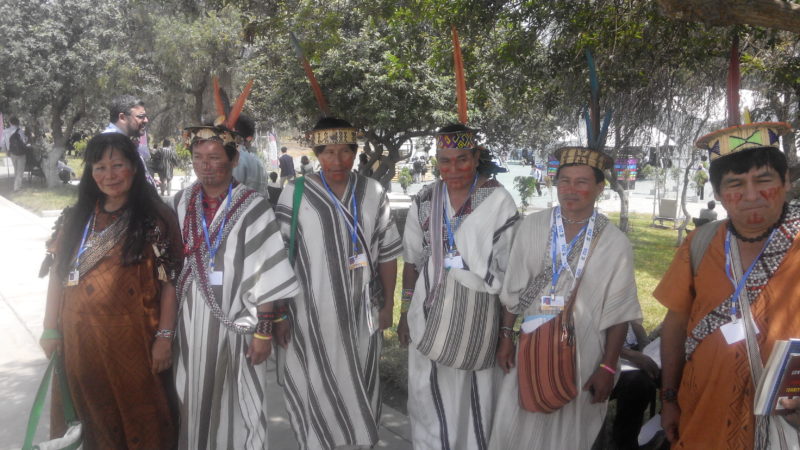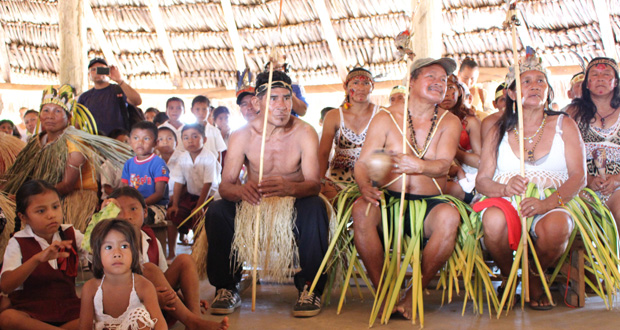“Our goal has always been to deliver a clean, safe and prosperous Lagos…We love the criticism that Lagos is the second least liveable city (in the world). It is a challenge to us and we are working on it ”…..Governor Akinwunmi Ambode, My Random Thoughts…August 28, 2017.
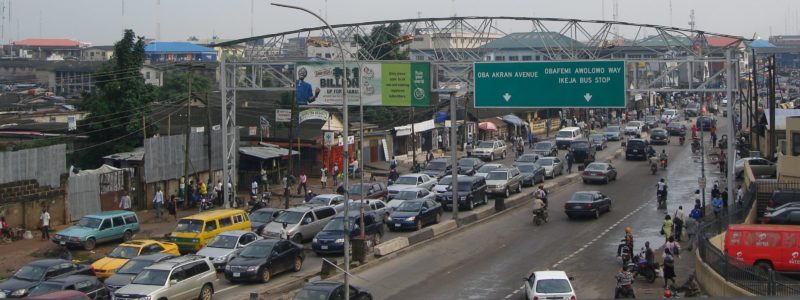
Cities by simple definition are the creation of mankind. They are permanent settlements where people live, work and create time for social, cultural and recreational activities. Liveability connotes an improvement in the living conditions and quality of life through the creation of a conducive environment that would engender happier and healthier living for all residents irrespective of age and where ever they choose to live. For a settlement to be adjudged a liveable city, it must guarantee security, ease of mobility with transportation options and free-flow of traffic, affordable housing, availability of jobs, functional civic institutions, supportive infrastructure, human services and abundance of green space for outdoor recreation.
Global competitiveness of Nigerian cities
With the exception of Lagos, it is on record that no other Nigerian cities had ever participated in the global most liveable cities survey, not out of spite, but for a reason why this piece was written. Most Nigerian cities are not globally competitive in so many aspects of urban living, economy, tourism, security, and entertainment. This “negative” assessment arises from the fact that feeble attention is being paid to city management, planning, and liveability in Nigerian cities. Regrettably too, Abuja, Nigeria’s new capital city is left out in the “neglect race.” The city too is yawning and calling for attention because its newness is gradually turning seedy. The factors responsible for these shortcomings have been well-articulated in many domains on the subject matter by researchers, economists, urban planners, and management gurus, to bear repeating in this article.
The Global Liveability Report 2017
Readers would recall the release of The Global Liveability Report in August 2017, by the Economist’s Intelligent Unit (EIU) which conducted the survey in 140 cities around the world. The Economist is an international magazine of repute. Its views are highly respected on matters of the world economy and corporate investment. The global liveability survey ranked the participating cities in order of best living conditions using certain qualitative and quantitative factors such as healthcare, education, infrastructure as determinants of how liveable the cities are by awarding scores to each factor. The scores from the factors are summed up and weighted to give a final score rated in percentage, with 100% being excellent living conditions and 1% is poor. The 2017 survey report ranked Melbourne, Australia as the most liveable city in the world, while Lagos had the second position of the least liveable city from the bottom with Damascus, Syria ranked first as the least liveable city from the bottom of the survey ladder.
The factor that really affected Lagos for the poor rating was insecurity “against a backdrop of political violence and government corruption,” the report added. The statement at the onset of this piece was Governor Akinwunmi Amode’s reaction to the Global Liveability Report 2017. Having taken the report in good faith, his optimism, and worries are of major concern when he pointed out that, “Lagos, as it is, has not reached its peak but we can see signs of progress and positive transition to the Lagos of our dreams.” But he further lamented that he does not see the same level of progress elsewhere in the country. And that he was not happy that most States in Nigeria are not advancing like Lagos.
To this writer, the Governor’s observation is the home truth and his apprehension cannot be dismissed. Nigeria has only one primate city with world visibility and a promising future for global competitiveness if well managed. That city is Future Lagos. Abuja, Nigeria’s capital city remains what it is…seat of government. It is not as enterprising and enticing as Lagos and as a result, Abuja does not have what it takes to be reckoned among the league of world capital cities of other countries such as Washington, USA; Canberra, Australia; Paris, France; London; Great Britain, Madrid, Spain; Jo’burg, South Africa; Beijing; China; Moscow, Russia; and Ottawa, Canada.
The main worry of Governor Ambode is that the primacy of Lagos, which is further reinforced by numerous developmental projects and social programmes being implemented by the Lagos State Government(LASG) will continue to attract more migrants to the megacity many of whom would be a burden on the resources of the LASG. This was why he was implicitly philosophical in his random thoughts when he said, “ if only one man is prosperous in a village, it is not progress. Rather the man is in danger.”
The way forward
How to make Nigerian cities liveable is the trinity of a policy shift, government commitment, and political will to think, plan and implement.
First, we must dissuade and discourage by regulation, the idea of constant urban development incursion into the country’s hinterlands and wetlands because of the penchant for city expansion, which leads to sprawl and growth management problems. Sprawl should be contained as much as necessary. Where avoidable, development authorities should discourage the creation of “stand-alone communities” in the middle of the wilderness, which has no nexus with existing urban settlement. The orientation of urban development must change to a paradigm shift that embraces new urbanism principles. The principles that call for civic engagement, good urban governance, smart growth, creativity expressed through design, application of technology, the transformation of blighted areas, injection of modern commerce, innovation, rich entertainment, cultural revival, the lure for tourism and people-centred communities where there are a plethora of oppourtunities for everybody to succeed.
Lagos cannot be the only viable city in Nigeria. We should maximise the advocacy for more liveable cities, which can compete favourably with other world cities.
The federal government in collaboration with the states must pay attention to the revitalisation and regeneration of other cities in the country including the overhauling of urban administration in order to make these cities functional and liveable. Such collaboration will be mutually beneficial to both governmental entities in terms of revenue generation. Overhauling of urban administration system should be the starting point.
Without a firm grasp of the knowledge about urban management and administration with strong and visionary leaders who must be committed to planning, which this writer apologetically believes are not plenteous in the country, Nigerian cities would continue to be at the backwater of new urbanism. The aspect of “visionary leaders” is imperative and worth the emphasis because it is the vision of the leader that drives the whole process of development.
The city of Dubai, UAE has through the history of its development benefitted immensely from visionary leaders who often decided what is to be “accomplished” for the city, not how to do it. A sort of “goal-setting agenda” which they always pursue with gusto. We want to advocate that policy-makers and urban administrators must be fairly knowledgeable and familiar with contemporary and emerging urban issues such as smart growth, climate change, carbon emission, green initiative, biodiversity, tactical urbanism, transit-oriented development, bus rapid transit, uneven growth, sustainable development, global warming, funding mechanism and city inclusivity. A rudimentary understanding of the importance and interconnectedness of all these trending issues in creating a liveable city should be a boon and without it, planning is made difficult. With poor planning, the achievement of set goals and objectives go south.
Last line
All the problems afflicting Nigerian cities are cumulative effects of neglect and maladministration, weak growth management strategy, corruption, and to a larger extent, ineffective urban planning. The government cannot continue to pay lip service to city administration, the consequence of which is better imagined. When cities are made liveable, everyone benefits. As Robert H. McNulty, President, Partners for Liveable Communities rightly said, “ …liveable communities can augment economic development and benefit all segments of the resident population… Liveability is an action for the good.”
By Yacoob Abiodun (Urban Planner, Planning Advocate; Parkview Estate, Ikoyi, Lagos, Nigeria)

